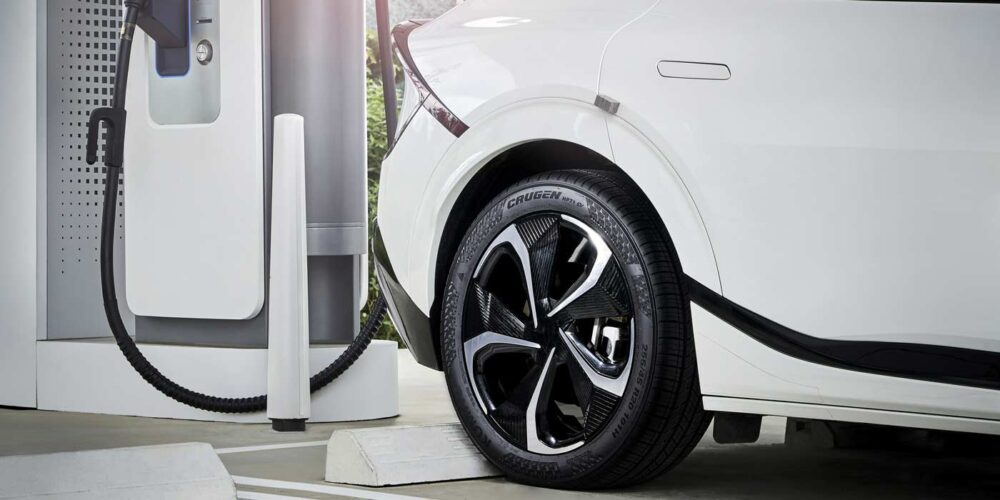For most in the commercial trucking business, the first couple months of the year are typically less hectic than several of the preceding months and, therefore, is a good time for reflection. The old saying "made it through another one" begins to evolve from a trite expression to an air of determination, resolve and grit.
If you have responsibilities for tire technicians, service persons or other maintenance people, the early part of the year is an excellent time to make a renewed commitment to provide the best support available to allow them to do their jobs competently, efficiently and safety.
An excellent first step is to recognize and communicate that those three objectives are complementary, not mutually exclusive or at odds with one another. Working safely requires organization, a systematic approach closely related to efficiency. Documentation of workplace organization, consistency in operations, prominent display and use of industry-accepted charts and references, and training records may also prove invaluable in the event an injury causes investigation or legal action.
An excellent compilation of the safety, maintenance and operating procedures recommended by numerous wheel, rim and related hardware manufacturers is available from the National Wheel and Rim Association (www.nationalwheelandrim.org or e-mail at [email protected]).
The Rubber Manufacturers Association (www.rma.org) publishes tire-related safety information, covering mounting, dismounting, repairing and other tire servicing operations. The Tire Industry Association (TIA) has a variety of outstanding commercial tire service training and certification programs available. Some of this information is also readily available from your individual tire suppliers.
Part of the regiment of workplace safety is clearly dictated by law and published regulations. Failure to abide by these rules can result in serious penalties. For example, the Occupational Safety and Health Administration (OSHA) has issued specific requirements for servicing tires, wheels and rims.
You should be certain, however, to check out several additional issues. First, OSHA safety requirements are mandatory in all states and U.S. territories. In some areas, however, more stringent local requirements may be in effect. Therefore, some multi-location operations could be held to different standards. Checking with local authorities is the best way to determine compliance.
Although OSHA requires certain workplace facilities, equipment and safety information postings, it also requires training (and records of the training) that covers specific subjects and schedules, both for initial training and advanced training and reviews.
Another concern is that advanced material related to what you may consider basic training must also be addressed. For example, proper procedures for chocking, jacking and stabilizing heavy equipment or vehicle or machinery tag and lock-out procedures should be covered in advanced training and should be required for even the most experienced tire service technician.
Fleet vehicle maintenance staff and tire technicians should be safety schooled for all of the equipment they may be asked to work on, not just the machines or vehicles that represent the majority of their time. Forklifts, yard tractors, generator sets, compressors, and service trucks (including mobile service equipment) should be addressed.
Most tools, including jacks, presses, safety cages and chain hoists are generally accompanied by safety information in their original packaging. These frequently contain loading limits, air or hydraulic pressures, lift heights, or other restrictions and information that should be included in training. Safety warning material should then retained for future reference and training of new employees.
Any special devices, fixtures or other homemade or modified equipment and tools used routinely by the people you are responsible for should also be covered in regularly scheduled training sessions.
Common Sense
If all this sounds overwhelming, it really shouldn’t. Start with a little common sense and take the time to think through the answer to this question: If I had never seen this devise or performed this procedure, what would I want to know to successfully and safely use the equipment or perform the task? If you have reviewed OSHA regulations and equipment safety warnings, simple common sense covers 99% of the issues.
Recognize, too, that there is a hierarchy of safety requirements. Applicable laws, published regulations and mandatory logbooks must generally be given top priority. Published industry guidelines, charts and training materials should be used whenever possible. Finally, individual tool or process operating manuals and safety warnings should be followed. In many cases, the three probably overlap each other, but, as the saying goes, "better safe than sorry."
Keep Hammering It Home
Training should be freely given, documented and updated/reviewed at regular intervals. Your training program should stress communications. One veteran trainer defines effective training as communication to the point of willing understanding by the recipient. In other words: tell them, show them and then tell them again. Recognize that some equipment routinely used in a safe manner by more experienced or adept employees may be challenging to others with less training, skill or mechanical understanding.
Some large companies employ specialists to assure workplace compliance with safety laws and regulations. There are also individual outside consultants, experts who specialize in compliance programs.
Many suppliers also offer, or can recommend, training programs, materials and certification testing. And, as a commercial tire dealer, perhaps one of your fleet customers can provide some safety training, as well.
Training of all new employees, and of those new to a particular job, is essential. Make it easy for employees to access safety-related reference material, and encourage them to monitor the safety performance of your shop.
What’s in it for you? Well, better trained and safety-smart employees mean greater fleet customer satisfaction. And, most obviously, injury-causing accidents are always more costly and time consuming than preventing them. Both should be prime bottom-line objectives for your safety training efforts.













